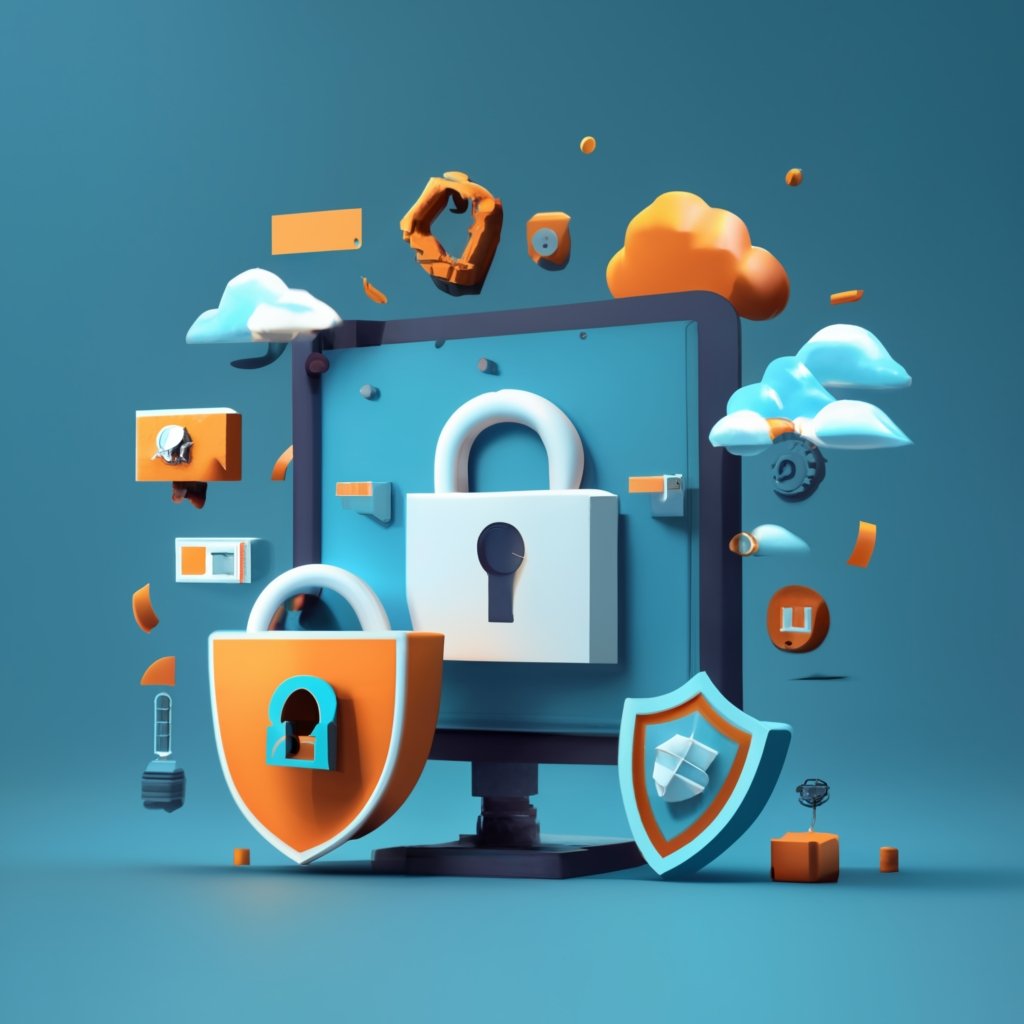The future of cybersecurity is uncertain, but one thing is for sure: it will be complex and challenging. Cybercriminals are constantly developing new and more sophisticated attacks, and organizations are struggling to keep up.
In this blog post, I will discuss some of the unique challenges that we can expect to face in the future of cybersecurity.
1. The rise of cyberwarfare
Cyberwarfare is the use of computer networks to attack an enemy country or organization. Cyberwarfare attacks can be used to steal data, disrupt operations, or even cause physical damage.
In the future, we can expect to see more cyberwarfare attacks, as countries and organizations increasingly rely on computer networks. Cyberwarfare attacks could also become more destructive, as cybercriminals develop new and more powerful weapons.
2. The targeting of artificial intelligence (AI)
AI is already being used in a variety of ways to improve cybersecurity. However, AI is also being used by cybercriminals to develop new and more sophisticated attacks.
For example, AI can be used to create phishing emails that are more likely to fool users, or to develop malware that can evade detection by security software. In the future, we can expect to see cybercriminals increasingly targeting AI systems in order to launch attacks or steal data.
3. The exploitation of new technologies
New technologies, such as the metaverse and the Internet of Things (IoT), are creating new opportunities for both cybersecurity professionals and cybercriminals.
For example, the metaverse is a virtual world where people can interact with each other and with virtual objects. The metaverse could be used to launch new types of social engineering attacks, or to steal personal data.
The IoT is a network of interconnected devices, such as smart homes, wearables, and industrial control systems. IoT devices are often poorly secured, making them easy targets for cybercriminals. In the future, we can expect to see cybercriminals increasingly targeting IoT devices in order to launch botnet attacks, steal data, or disrupt operations.
4. The increasing importance of human factors
The human element is often the weakest link in the security chain. Cybercriminals are increasingly exploiting human psychology to launch social engineering attacks.
For example, a cybercriminal might send a phishing email that looks like it is from a legitimate company. The email might ask the recipient to click on a malicious link or to open an attachment. If the recipient does so, malware could be installed on their computer.
In the future, we can expect to see cybercriminals develop new and more sophisticated social engineering attacks. As a result, it will be more important than ever for organizations to educate their employees about cybersecurity best practices.
Conclusion
The future of cybersecurity is complex and challenging. Cybercriminals are constantly developing new and more sophisticated attacks, and organizations are struggling to keep up.
However, there are a number of things that organizations can do to prepare for the future of cybersecurity, including:
- Investing in security awareness training for employees
- Adopting a zero-trust security model
- Implementing security solutions that use AI and other advanced technologies
- Collaborating with other organizations and government agencies on cybersecurity issues
By taking these steps, organizations can help to protect themselves from the latest cybersecurity threats.
In addition to the above, I would also like to add that the future of cybersecurity will require a more holistic approach. Cybersecurity is not just a technical issue. It is also a business issue, a legal issue, and a social issue.
In order to be effective, cybersecurity programs need to address all of these different aspects. For example, organizations need to have a clear understanding of their cybersecurity risks, and they need to have policies and procedures in place to mitigate those risks. Organizations also need to train their employees on cybersecurity best practices, and they need to create a culture of cybersecurity awareness.
The future of cybersecurity is challenging, but it is also an opportunity. By taking a holistic approach to cybersecurity, organizations can protect themselves from the latest threats and build a more secure future.



